The main difference between reciprocating and centrifugal pumps is, In a reciprocating pump, the discharge is fluctuating and pulsating whereas the discharge is smooth and continuous in a centrifugal pump.
This will be the most comprehensive article on the Difference Between Reciprocating Pump and Centrifugal Pump.
Here I have listed more than 20 points to understand you in every detailed manner.
Best Part? I will understand you in simple and understandable words.
If you understand these 20-plus points of Difference Between the Reciprocating Pump and the Centrifugal Pump. You can easily score maximum marks in your exam or in an interview.
Let’s start:
Pump:
When we talk about pumps first definition that comes to mind is that it delivers water or other liquid from one place to another place.
A pump is a device that is used for lifting the liquid from the ground surface and delivering it to the topmost upper surface.
The pump converts mechanical energy into hydraulic energy.
Pump basically divided into two types:
- Positive displacement type Pump and
- Dynamic Pump
Further classification of Different types of Pumps in detail.
Now let’s move on to the Overview of Reciprocating and Centrifugal Pump.
Reciprocating Pump:
It is a positive displacement type pump where a certain volume of liquid is entered in closed volume and discharged using pressure to the required application.
It is generally suitable for a low volume of flow at high pressure. This is basically divided into several categories that will be discussed in another article.
Let’s move to Centrifugal Pump,
Centrifugal Pump:
Centrifugal Pump is the most common type of pump in which the impeller is there. When fluid comes into it, the impeller rotates.
Here Mechanical energy converts into hydraulic energy by the use of centrifugal force acting on the fluid.
Centrifugal pumps are used to transport fluids by the conversion of rotational kinetic energy to the hydrodynamic energy of the fluid flow.
Difference Between Reciprocating Pump and Centrifugal Pump:
I have listed around 20-plus points on the Difference Between Reciprocating Pump and Centrifugal Pump:
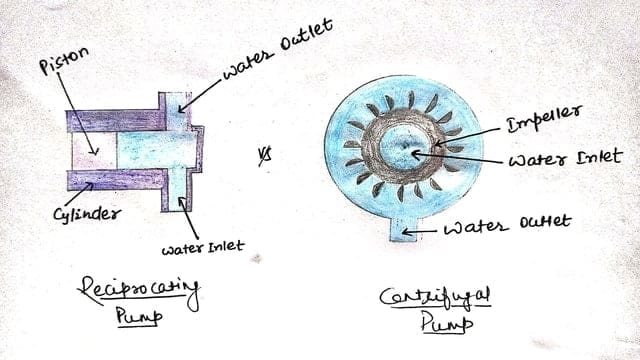
| Sl No. | Reciprocating Pump | Centrifugal Pump |
| 1. | The discharge is fluctuating and pulsates. | Here, The discharge is continuous and smooth. |
| 2. | The reciprocating pump handles a small number of liquids but whereas | The centrifugal pump handles a large number of liquids or fluids. |
| 3. | It is used for only pure water or less viscous fluid. | This can be used for lifting highly viscous fluid. |
| 4. | This is used for small discharges and high heads. But Reciprocating Pump | Used for large discharge through smaller heads. |
| 5. | Reciprocating Pump has low efficiency. | Centrifugal Pump has high efficiency. |
| 6. | The installation cost is more. | The installation cost is less. |
| 7. | The maintenance cost is also more. | The maintenance cost is also less. |
| 8. | This one needs a larger floor area. | This one needs a smaller floor area. |
| 9. | The reciprocating pump is complicated to operate and with much noise. | The centrifugal pump is smooth in operation and without much noise. |
| 10. | This pump runs at a low speed because of cavitation and separation. | This pump runs at a high speed. |
| 11. | Reciprocating Pump cost is more. It cost us around 3 to 4 times of centrifugal pump cost. | Centrifugal Pump cost is less. |
| 12. | The torque is not uniform here. | In this Torque is uniform. |
| 13. | Complicated construction. A more spare parts here. | Simple construction. Less number of spare parts here. |
| 14. | Here belt drive is necessary. | This centrifugal pump can be directly coupled with an electric motor. |
| 15. | An air vessel is required. | No air vessel is required. |
| 16. | It does not need priming. | It needs priming. |
| 17. | It cannot handle dirty water. | Centrifugal Pumps can handle dirty water. |
| 18. | Heavy foundation requires | A simple foundation is enough. |
| 19. | (The weight)/(Discharge) ratio is more. | (The weight)/(Discharge) ratio is less. |
| 20. | The flow rate is constant with a change in pressure. | The flow rate varies with a change in pressure. |
| 21. | This is an example of a positive displacement pump. | This is an example of a Dynamic Pump. |
I think these 21 Points help you to understand on Difference Between Reciprocating Pump and Centrifugal Pump.
If you want a PDF? you can easily download PDF from here just scroll down and Download PDF.
I have also written the Difference Between a Pump and a Compressor in detail you can check that too.
Let me know if you understand or not. with the use of a comment box.
If you reading these lines then I must be sure you have understood and liked the articles. Thank you so much. Keep visiting for another great post.
Related Articles:
- Orifice Meter
- Venturi meter
- Francis Turbine
- Pelton Wheel Turbine
- Types of Fluid Flow
- Impulse Turbine vs Reaction Turbine
Reference [External Links]:
- https://en.wikipedia.org/wiki/Pump
- https://vlabs.iitb.ac.in/vlabs-dev/labs/nitk_labs/fluid-machinary-lab/experiments/double-acting-reciprocating-pump-nitk/theory.html
Questions and Answers:
In terms of efficiency centrifugal pump has good efficiency.
1. For domestic purposes centrifugal pumps are used.
2. The discharge of this pump is continuous.
3. It required a small floor area comparatively Reciprocating pump.
It is used for supplying water at high heads.
A Centrifugal pump is a dynamic pump that increases the fluid speed and gives kinetic energy to the fluid and then into pressure energy.
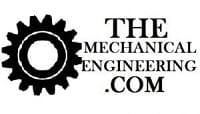

![Different Types of Measuring Tools and their Uses [Notes & PDF] Feature Image of Types of Measuring Tools](https://themechanicalengineering.com/wp-content/uploads/2023/01/Feature-Image-of-Types-of-Measuring-Tools-300x171.jpg)
![Steel: Properties, Different Types and Applications [Notes & PDF] Feature Image of Steel](https://themechanicalengineering.com/wp-content/uploads/2023/01/Feature-Image-of-Steel-300x168.jpg)


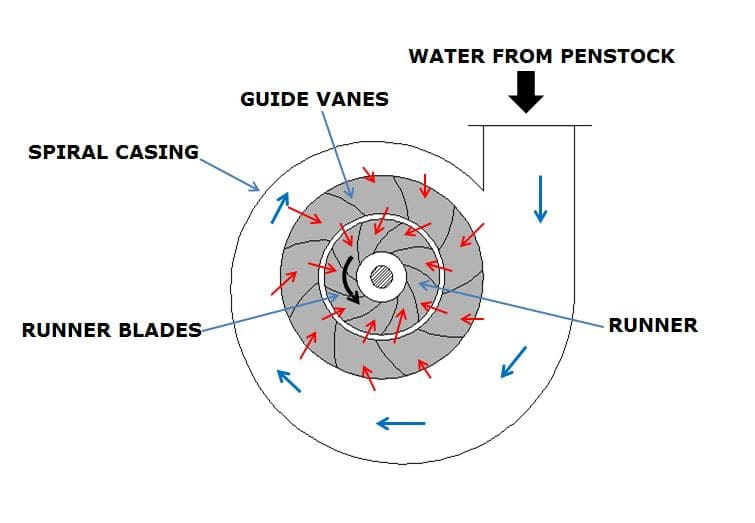
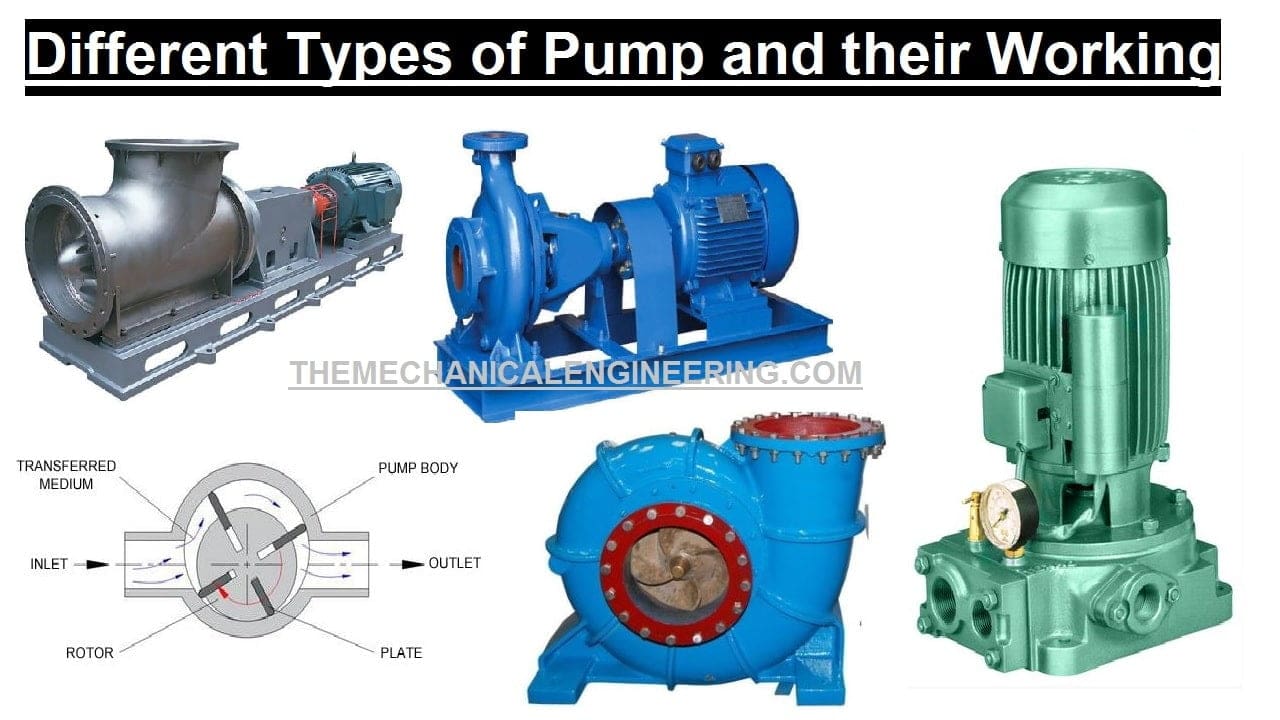
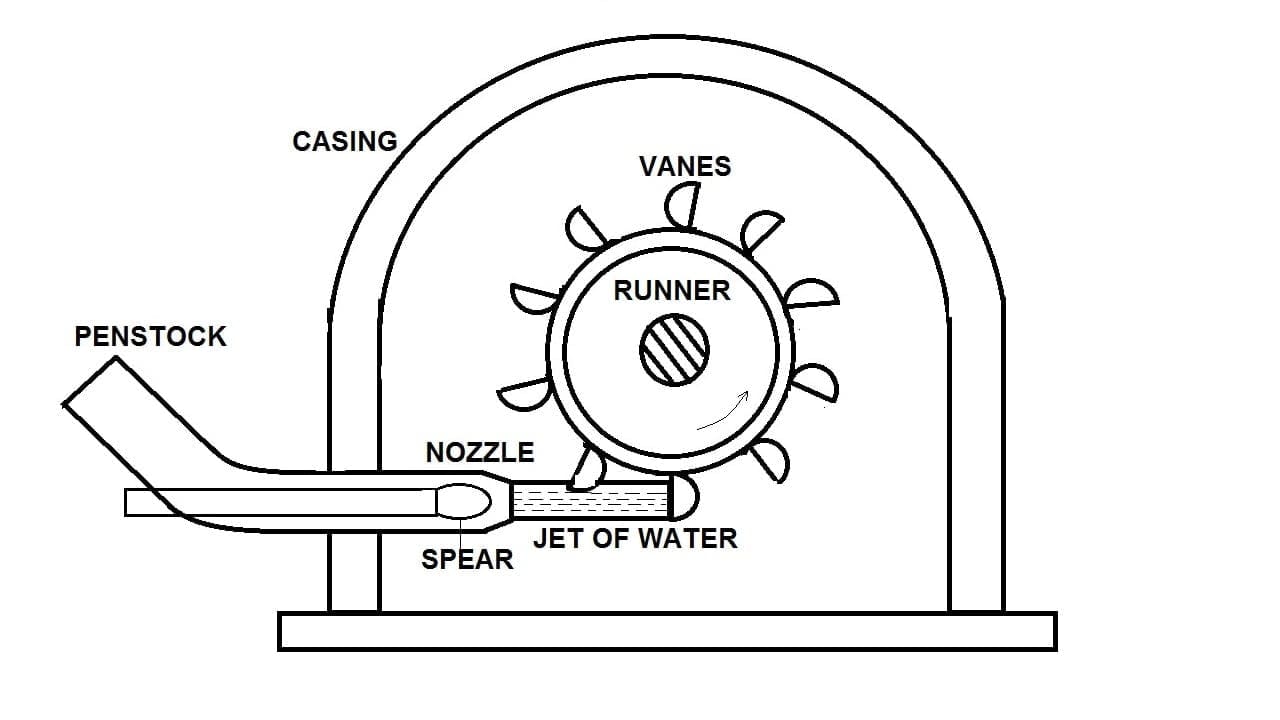
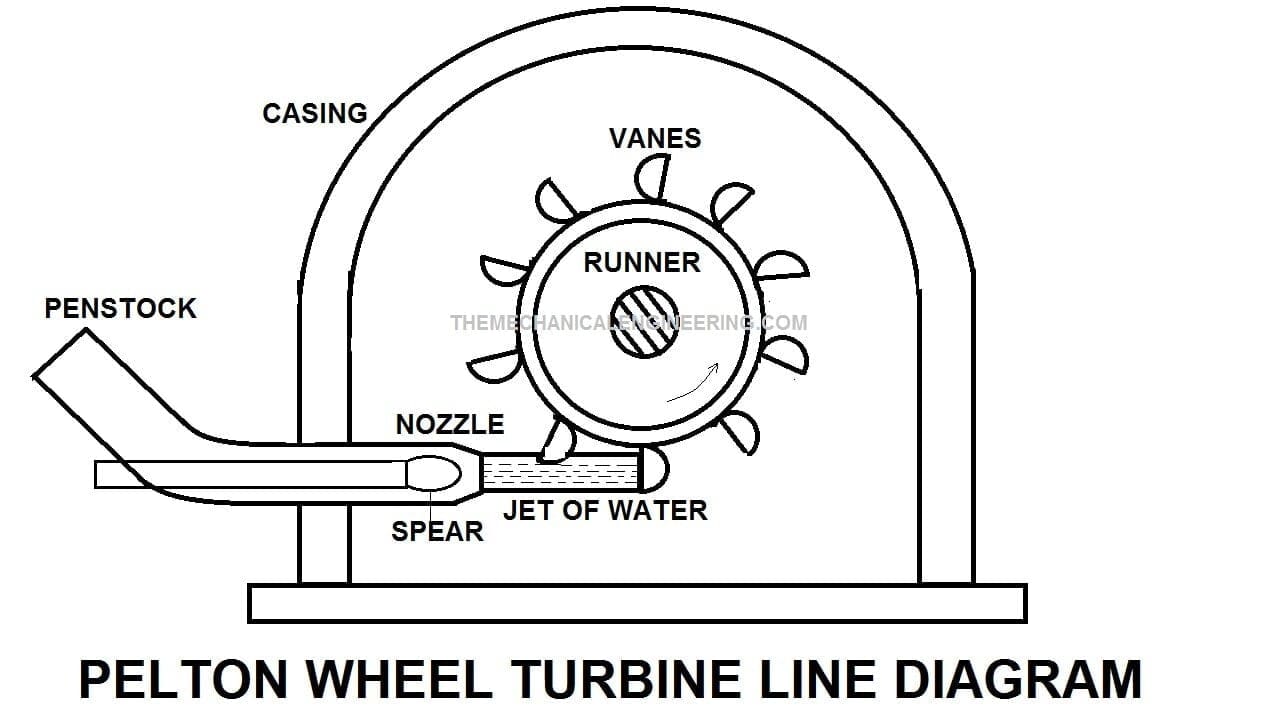

Discussion about this post